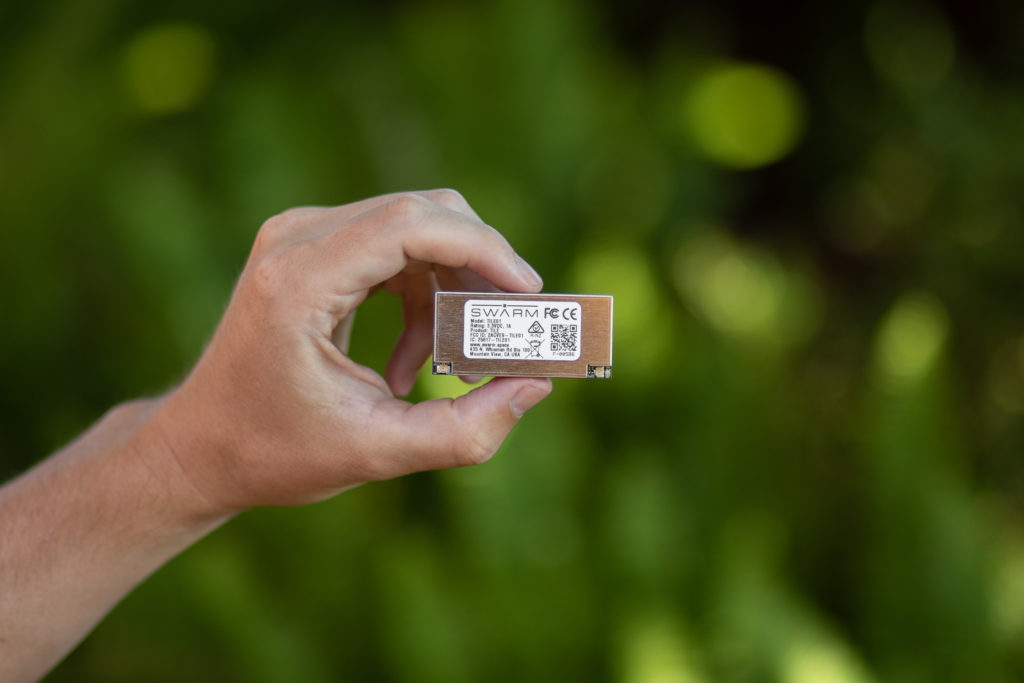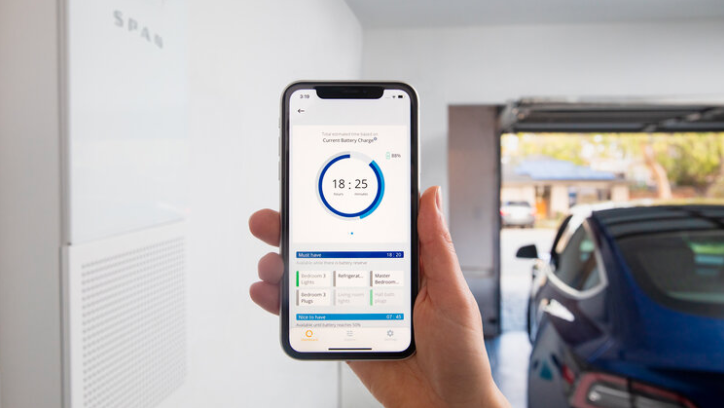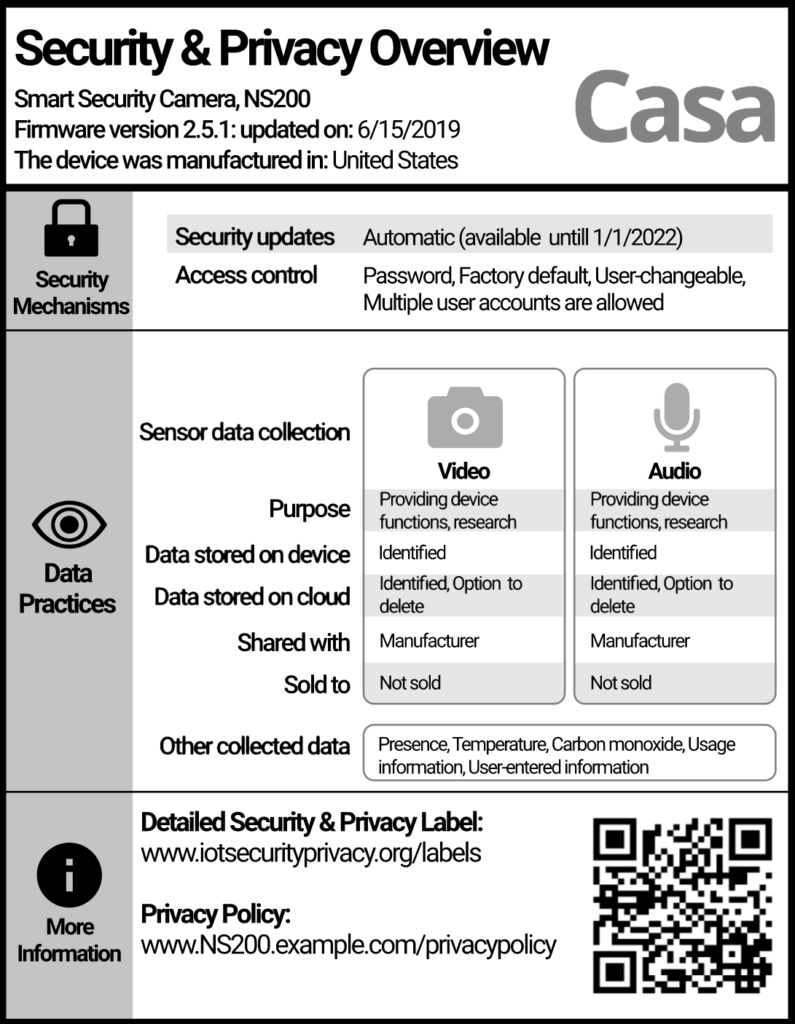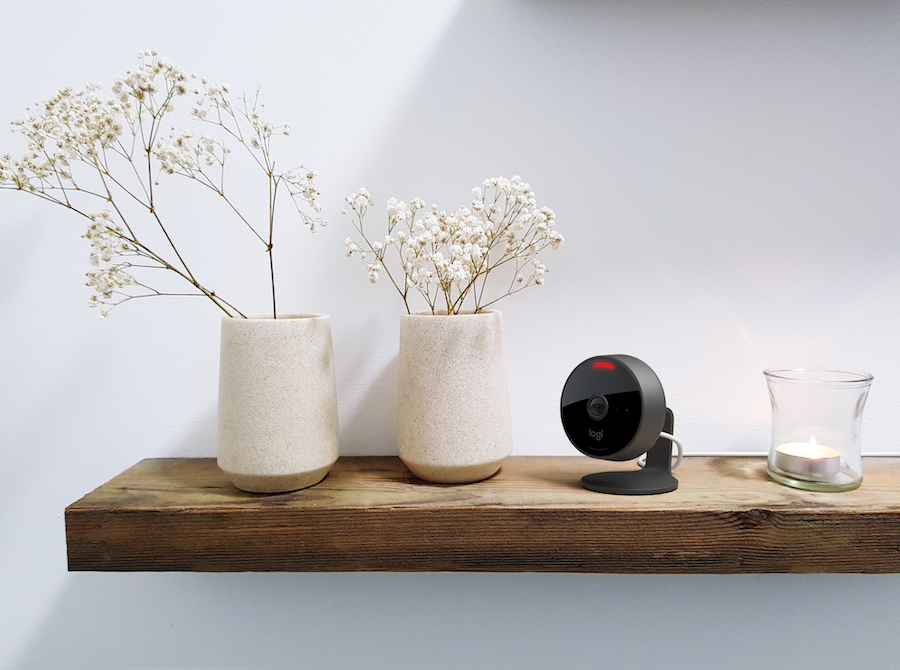Kevin and I start this week’s show with a discussion of his Amazon Prime Day purchases and then talk about the kerfuffle over smart thermostats and demand-response energy programs in Texas. I happened to be there at the time, and there is a definite right and wrong way to enroll people in the program. We also mentioned a more egregious example of digital overreach with Massachusettes pushing COVID-tracking apps to Android devices. After that, we explain Senator Amy Klobuchar’s interest in the Matter smart home protocol, Arm’s confidential compute plans and share plans for a new LoRaWAN network. We round out the rest of the show with an update on Ecobee thermostat’s smarts and new devices from Wyze. We close by answering a listener question about the Ting fire safety device.
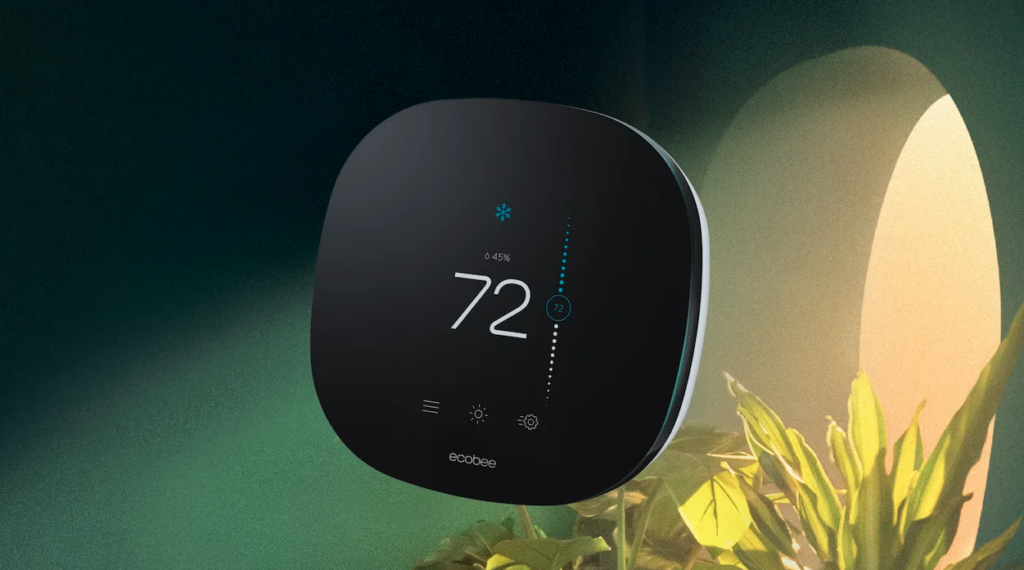
Our guest this week is Mary Beth Hall, director of wireless strategy and marketing with Panasonic. We dig into the reality of 5G deployments inside manufacturing plants and what it will take to actually see real deployments instead of mere pilots. She’s responsible for putting 5G inside Panasonic’s line of Toughbook handheld computers used in industrial settings, so she has good insights into what’s real and what’s hype. She also shares her thoughts about what 5G will offer manufacturing customers when they finally adopt it. But she can’t actually tell us when that moment will come. I enjoyed her honesty.
Hosts: Stacey Higginbotham and Kevin Tofel
Guest: Mary Beth Hall from Panasonic
Sponsors: Bsquare and Edge Impulse
- Smart thermostats aren’t the problem in Texas, communication is
- The Senate wants more information on smart home interoperability. Us too.
- Why I’m excited for Arm’s confidential compute plans
- Why most factories are fine with 4G wireless
- Why 5G will help carriers deliver five nines
Podcast: Play in new window | Download | Embed
Subscribe: RSS



